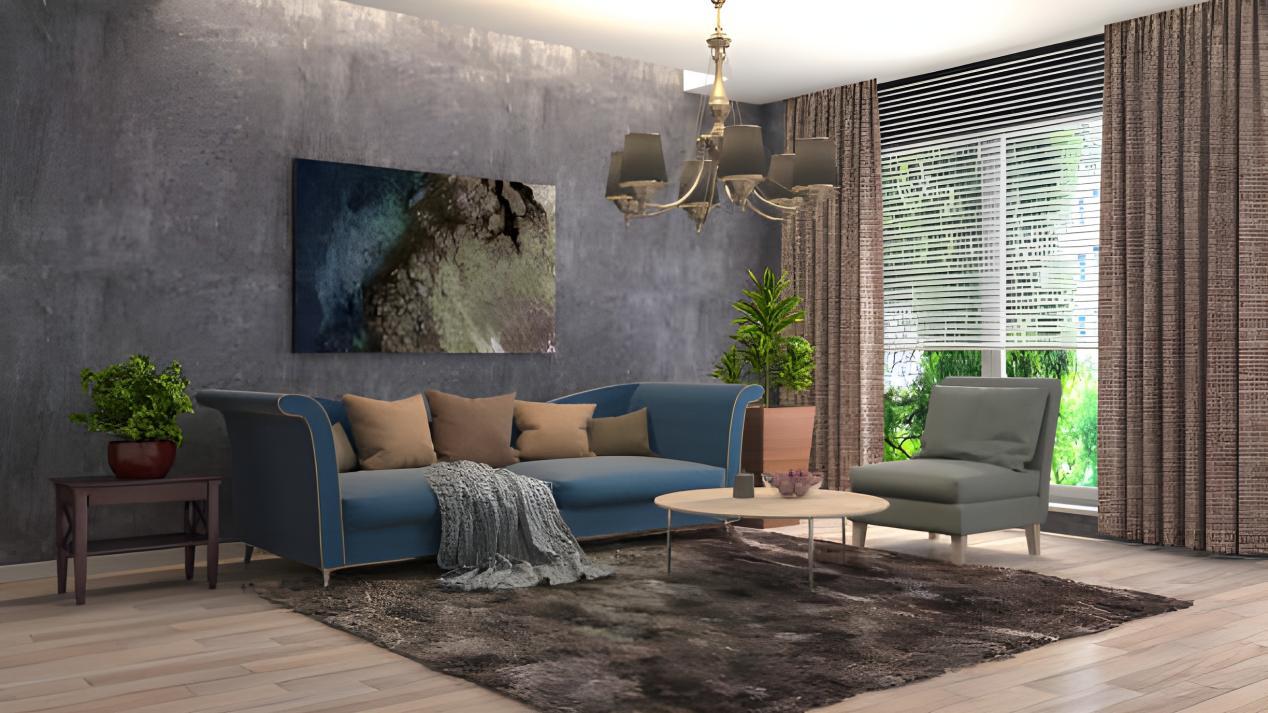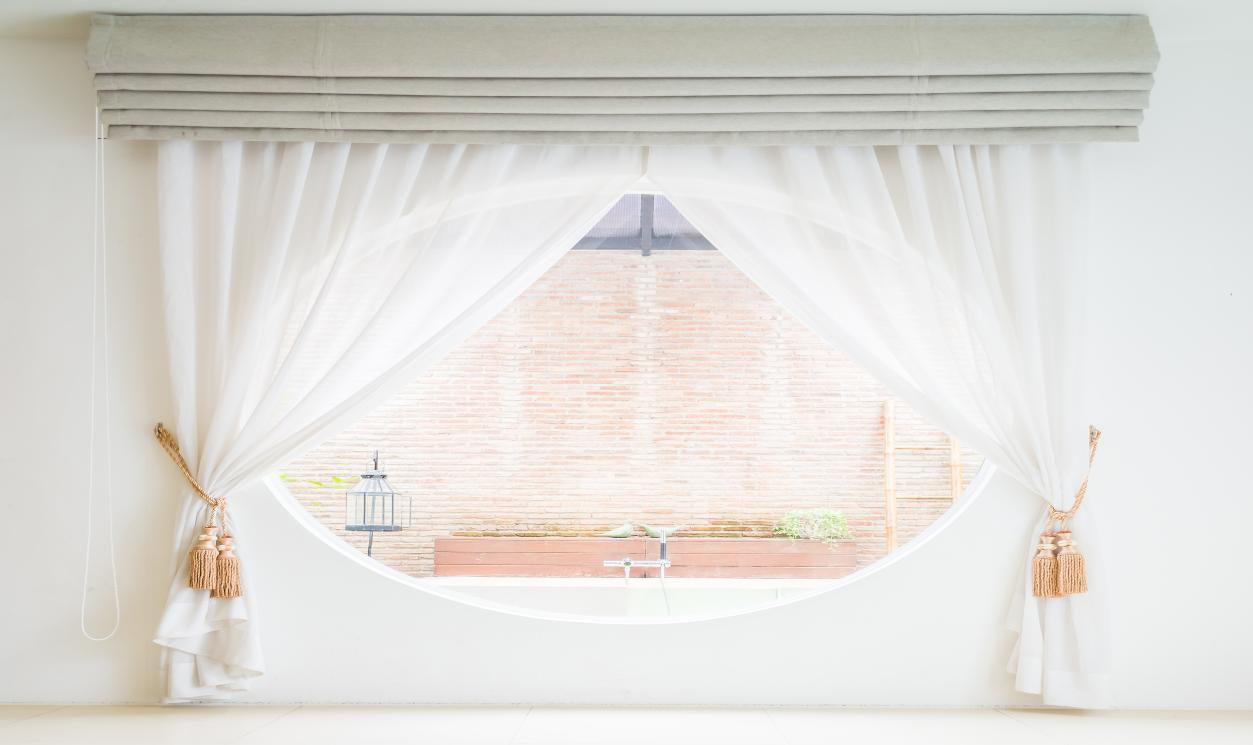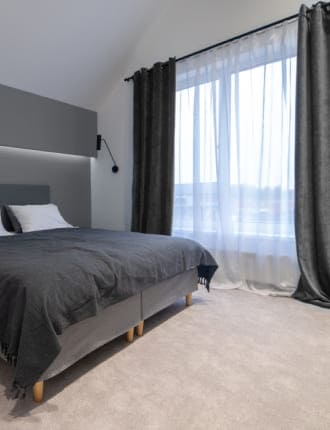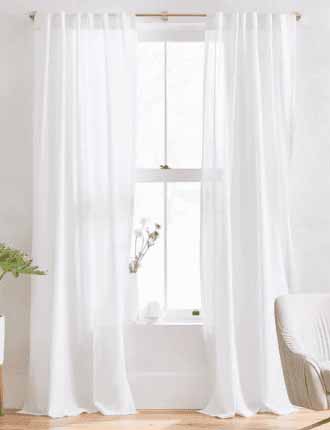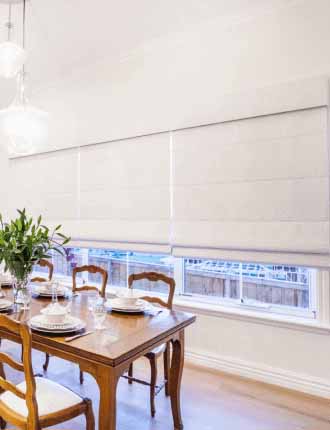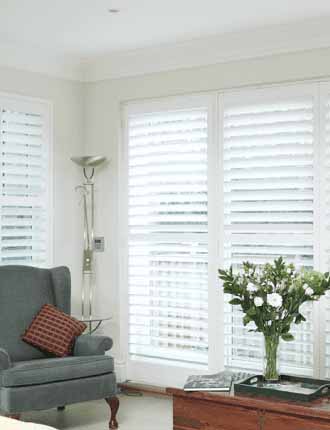When decorating a space, the choice between blinds and shades at Blinds on Demand can set the tone of your room, influencing both aesthetics and functionality. This guide will help you navigate the nuances of each option to ensure your windows are not just covered, but stylishly enhanced.
- Key Takeaways:
- Comparing Blinds and Shades: Differences, Pros, and Cons
- Aesthetic and Practical Considerations
- Cost Comparison and Value for Money
- Installation and Maintenance
- Environmental Impact and Sustainability
- Customisation and Personalisation
- Technological Integration
- Privacy and Security Considerations
- Light and Mood Control
- Conclusion
- FAQs
Key Takeaways:
- Adjustability: Blinds provide more control over light and privacy.
- Aesthetic Variety: Shades offer a softer, more cohesive look.
- Maintenance: Blinds require more frequent cleaning.
Comparing Blinds and Shades: Differences, Pros, and Cons
Pros of Blinds
- Versatility in Light Control: Blinds offer unparalleled flexibility in adjusting light levels thanks to their tilt-able slats. This makes them ideal for spaces where light conditions vary throughout the day.
- Variety in Styles: Available in an array of materials, including wood, faux wood, aluminium, and plastic, blinds can be seamlessly integrated into any decor style from rustic to ultra-modern.
- Durability: Many blinds are designed to withstand years of use, making them a long-term investment for busy spaces.
Cons of Blinds
- Cleaning Demands: The very slats that provide such excellent control over light and privacy can also trap dust and require regular cleaning, which might be a turnoff for those seeking low-maintenance options.
- Mechanical Failures: Over time, the cords and wands used to control the tilt and lift of blinds can wear out or malfunction, necessitating repairs or replacements.
Pros of Shades
- Smooth Operation: Shades offer a clean, streamlined appearance as they lack the slats and strings of blinds, which makes them easy to operate and aesthetically pleasing.
- Energy Efficiency: With options like thermal or blackout linings, shades can improve a room’s insulation, keeping spaces warmer in winter and cooler in summer, thus reducing energy costs.
- Wide Range of Materials: Shades can be made from various materials such as bamboo, fabric, or woven wood, offering both decorative and functional flexibility.
Cons of Shades
- Less Light Control: Unlike blinds, shades can’t be adjusted to redirect light; they can only be raised or lowered, which limits their functionality in terms of light management.
- Wear and Tear: Fabric shades in particular can be susceptible to fading and wear from sun exposure and frequent use, potentially leading to earlier replacement compared to some types of blinds.
Aesthetic and Practical Considerations
When selecting between blinds and shades, consider not only the functional aspects but also the impact on your room’s overall aesthetics. Blinds, with their neat lines, can add a touch of sophistication and order, enhancing spaces that benefit from structured designs. Shades, with their continuous contours, promote a soft and cohesive atmosphere, ideal for settings where a sense of calm and uniformity is desired.
Cost Comparison and Value for Money
Investing in window treatments is not just about cost but also value. Blinds can be a cost-effective option, especially if you opt for materials like aluminium or vinyl, which are both affordable and durable. On the other hand, shades, while potentially higher in initial cost, offer significant savings in energy bills, thanks to their better insulating properties.
Furthermore, consider the long-term value of your window treatments. Durable materials and timeless styles can mean that your initial investment pays off over many years, reducing the need for frequent replacements.
Installation and Maintenance
Installation of both blinds and shades should ideally be handled by professionals to ensure they fit perfectly and function correctly. While DIY installation is possible, the precision required for optimal performance often warrants expert attention.
For ongoing care, blinds might require more frequent attention to keep them dust-free and functioning properly. Shades are generally easier to maintain, needing only occasional dusting and spot cleaning, depending on the material.
Environmental Impact and Sustainability
In today’s eco-conscious world, the environmental impact of our choices is more significant than ever. When considering blinds and shades, think about the sustainability of the materials used. Many blinds are made from metals, which are highly recyclable, contributing to their eco-friendliness. Wooden blinds offer a natural look and can be sourced from sustainable forests to ensure minimal environmental impact.
On the other hand, shades made from natural materials like bamboo or recycled fabrics can also be an environmentally responsible choice. These materials not only reduce the carbon footprint but also add a natural, airy feel to your interiors, aligning with eco-friendly living principles.
Customisation and Personalisation
One of the joys of choosing window treatments is the ability to customise them to your exact specifications. Blinds and shades can be tailor-made to fit unique window sizes and shapes, ensuring a perfect fit that enhances insulation and functionality. Custom options also allow for personal touches in terms of colours, patterns, and materials, making your window treatments integral to your decor.
Blinds offer a variety of customisation options, from the width and orientation of the slats to motorised controls, making them suitable for modern homes where convenience is a priority. Shades also offer a range of customisable features, such as the choice of top-down or bottom-up opening and various levels of opacity, which can be adjusted to create the perfect ambiance in any room.
Technological Integration
With the advancement of smart home technology, window treatments have not been left behind. Both blinds and shades are now available with smart technology options, allowing them to be operated remotely via apps on smartphones or through voice commands using home automation systems. This technology not only enhances convenience and ease of use but also improves security by allowing you to adjust your window coverings remotely, giving the appearance that your home is occupied even when you’re away.
Moreover, motorised blinds and shades can be programmed to adjust based on time of day or light levels, further enhancing energy efficiency and comfort. This integration of technology can be particularly beneficial in hard-to-reach windows or for individuals with mobility issues, making it easier than ever to control light and privacy.
Privacy and Security Considerations
Privacy is a primary concern for many when selecting window treatments. Blinds and shades both offer excellent privacy controls, but in different ways. Blinds can be adjusted to block or allow vision completely, with the tilt of slats providing fine control over visibility and light penetration. This makes them ideal for ground-level rooms or areas facing busy streets.
Shades offer a different kind of privacy, often providing complete coverage of the window when closed. The use of blackout or opaque materials can ensure total privacy and is ideal for bedrooms or bathrooms where privacy is paramount. Additionally, the smooth surface of shades offers no gaps for prying eyes, ensuring your personal spaces are kept private.
Light and Mood Control
The influence of natural light on mood and the overall ambiance of a room is profound. Blinds and shades affect this significantly, each in their own way. Blinds, with their adjustable slats, allow for precise control over the amount and angle of light entering a room, enabling you to create the perfect setting for any activity, whether it’s reading, watching television, or entertaining guests.
Shades provide a softer diffusion of light, which can create a warm and inviting atmosphere by gently filtering out harsh sunlight. The choice of material can significantly impact the amount of light a shade allows through, with options ranging from sheer to blackout, catering to different needs and preferences.
Conclusion
At Blinds on Demand, we understand that choosing the right window treatments is crucial for both the functionality and aesthetic of your space. Whether you decide on blinds or shades, we are here to provide quality products and expert advice. Get in touch with us today to find the perfect solution for your home or office.
FAQs
What are the most energy-efficient window coverings?
Cellular shades are known for their energy efficiency due to their honeycomb design that traps air and provides insulation.
Can window coverings really help in reducing noise?
Yes, certain window coverings like heavy drapes and cellular shades can help reduce noise due to their thick or layered materials.
How do I clean blinds and shades?
Blinds can be cleaned using a damp cloth, vacuum with a brush attachment, or a microfibre duster. Shades can generally be spot cleaned or vacuumed gently.
What is the best choice for a home with pets and children?
Cordless blinds or shades are the safest option for homes with young children and pets, eliminating the risk of entanglement.
How long do window treatments typically last?
With proper maintenance, high-quality blinds and shades can last from 8 to 15 years, depending on the material and usage.
Are there smart blinds or shades that can be controlled remotely?
Yes, motorised blinds and shades are available that can be controlled via remote, smartphone, or smart home systems for added convenience and efficiency.

